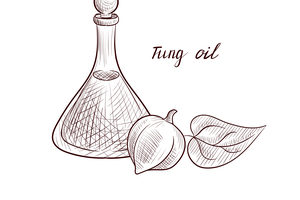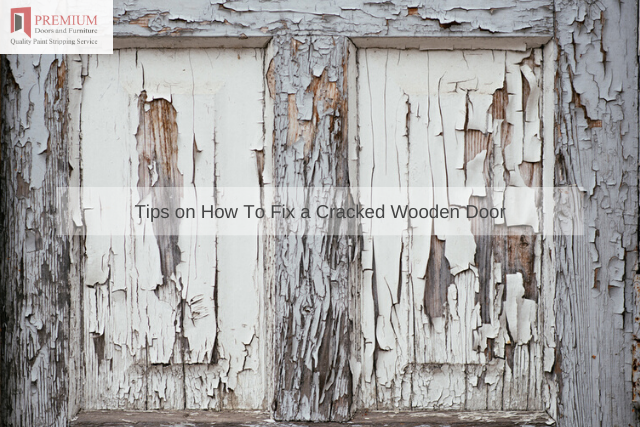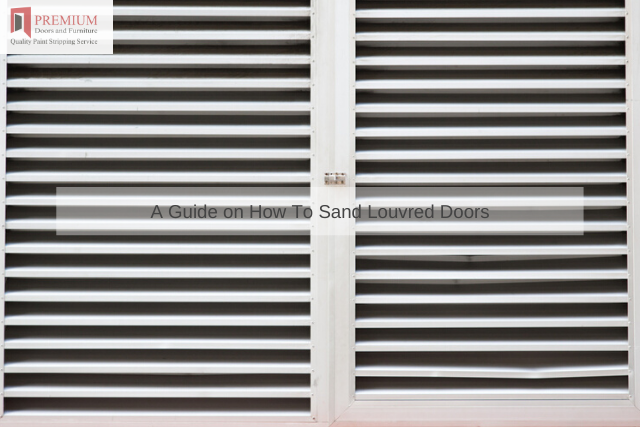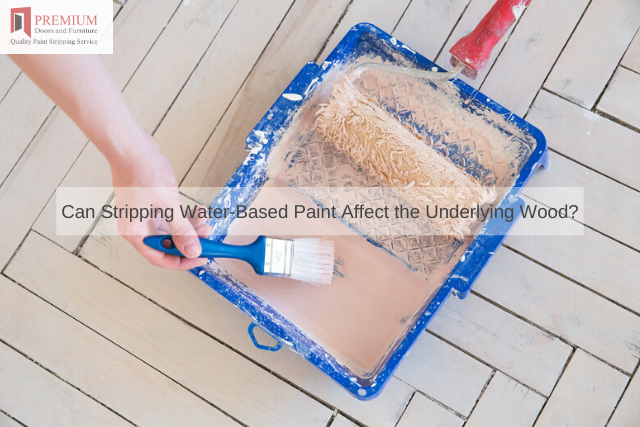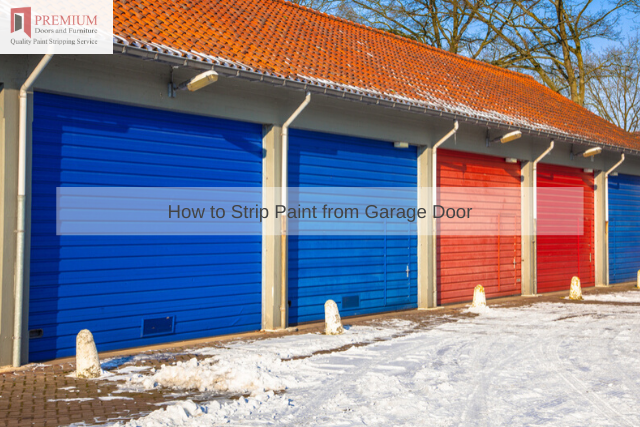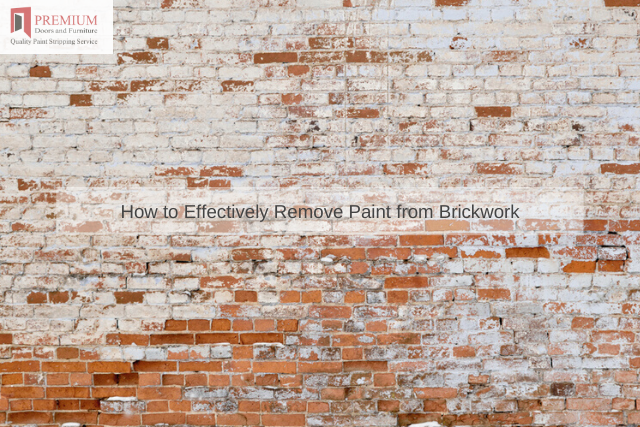Oak has a cellular structure that makes it ideal for soaking up a variety of stains, though you should always prepare the item before doing this step.
There are several things you can do to get your oak project ready for finishing. Once complete, you will love the contrasting tones that oak shows when it’s stained and will be proud to showcase the item anywhere in your house.
Consider a Minimal Look
One of the great things about oak is that it has a lovely grain and looks wonderful in its natural state.
After furniture stripping is complete, you will see the way that your oak door, or other projects, has a beautiful look that you can enhance with your stain. Premium door stripping is especially important because it prepares the door for looking its best and being ready to hang when you’re finished.
Sand Properly
One of the most important things you can do to finish your oak project, including a door, is to sand it properly. The goal is to make sure you don’t end up with sanding lines, which can be seen once you stain the wood.
You will want to progressively move to finer grit sandpaper as you go. The more well sanded the door is, the better it will look when it’s finished.
Apply a Finish
There are two reasons to apply a finish to your oak. One is protection and the finish works by filling the grain so that other debris and gunk can’t settle in there.
This will help the project look finished for many years to come. The other reason is for the oak’s appearance. The finish will help highlight the oak’s grain and keep it from looking raw.
Final Finishing Steps
To complete your oak door, you can apply a stain to bring out the wood’s grain and create the colour you want.
You can also paint an oak door, something that is becoming increasingly popular on your front door but is also ideal for a home’s back door.
Another option is to apply a clear coat, which you can do with wax or oil. Shellac or varnish are other possibilities.
Finishing your oak is important for creating a door or other product that looks great and functions as it should. With so many options, you should be able to create the look that you love.






